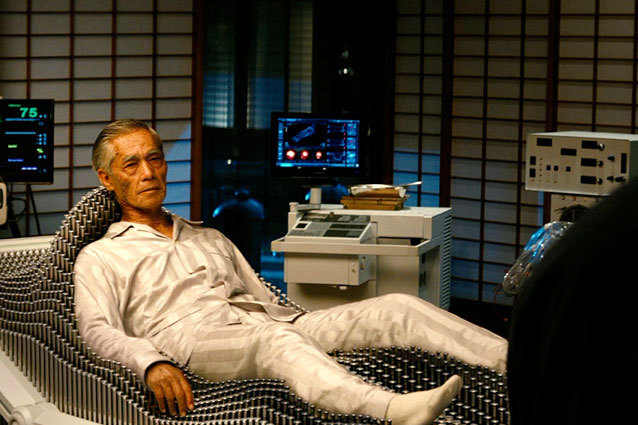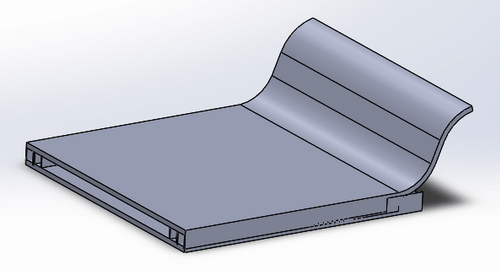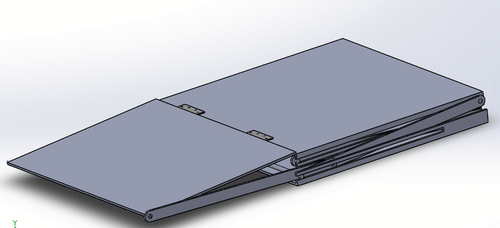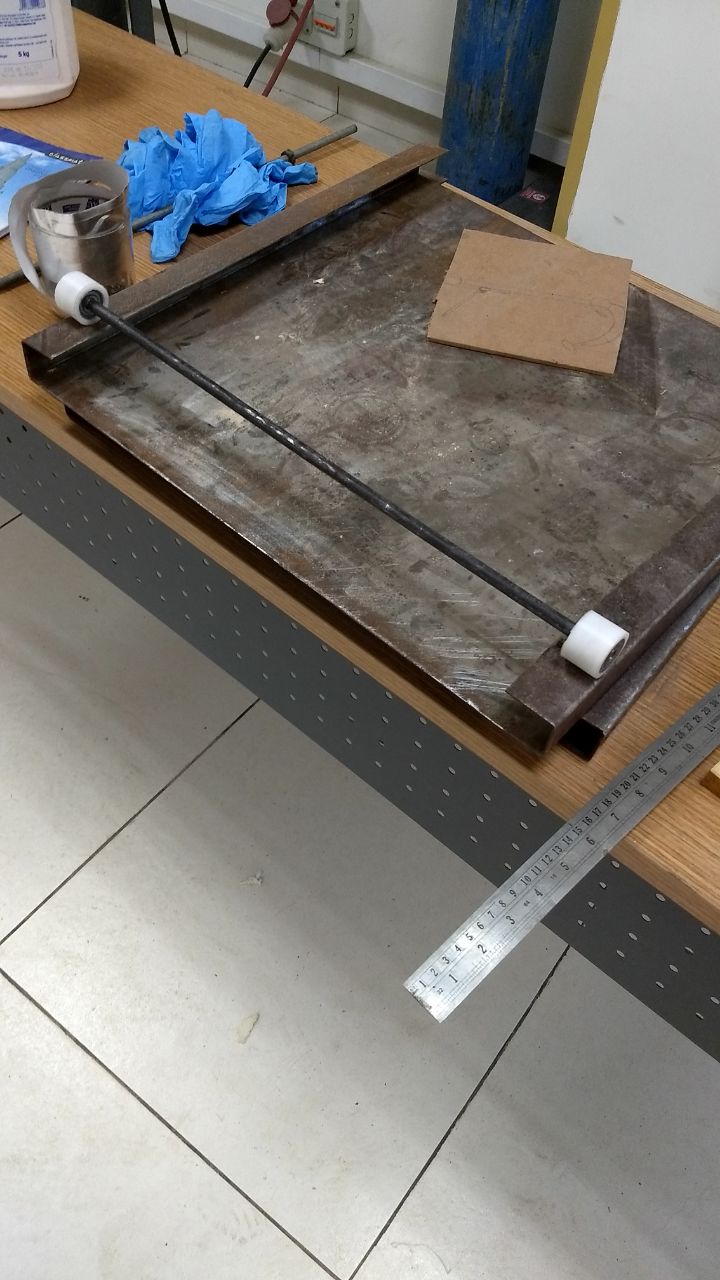Sahara is an assistive chair especially aimed to help patients suffering from two of the most often linked ailments, which are, knee arthritis and back pain. Specifically targeting the problems faced while sitting down and getting up from lower heights, Sahara is an ergonomically designed product which helps with both these tasks effortlessly.
Knee Arthritis is an emerging problem in the aging Indian populace. With statistics shooting as high as 180 million for people suffering from some form of the ailment and more than 100 different variants, arthritis is now one of the most pervasive diseases and a leading cause of disability.
People suffering from knee arthritis or similar pains often find it difficult to sit down to platforms of lower heights or to get up from them. Pains of these sorts often come up in conjunction with lower back pains, making the life of the patient tougher. Along with the above mentioned factors, in countries like India which are culturally so heavily connected to sitting down on the floor, it becomes a real hindrance in the way of life of the people affected by the ailment.
Realizing the severity of the issue, I proposed working on this problem to my professor in 2017 and that's how our work on 'Sahara' (which literally means 'Support' in Hindi) began.



To get a better understanding of the ailment and the key pain points experienced by the patients, we conducted a survey in 6 hospitals and physiotherapy clinics in the Delhi National Capital Region in India. This helped us collect a total of 33 responses which assisted us in identifying key insights, target demographics, specific activities that caused pain and other conjoint health conditions.

Apart from the survey, a thorough market research identifying existing products that attempt alleviating this problem also helped me understand the design space explored so far.




Though the survey revealed quite a few work areas that can be worked on, we decided to develop solutions that could help patients sit on and get up from ground as it was culturally more relevant with the demographic. Doing so, we realized that most patients used existing products or other such measures especially when they are midway in the processes of getting up or sitting down. This finding became our target work area.
As design space exploration and inspiration goes, I drew inspiration from both science fiction and bleeding edge technologies being developed all around the world. Among these, two synonymous ideas really stuck with me. One being the shape shifting table developed by the MIT media labs and the second one being the pin-cushion bed showed in the 2013 movie 'The Wolverine'.


These concepts were used as boundaries for the ideation space being explored and propelled me to come with ideas that can conform to the form factor of a chair. Ergonomics was a huge consideration here as our research revealed that back pain was one of the frequent conjoint health issue that came up with knee arthritis.




After going through these ideas, I decided to settle on using a Bean Bag as the cushion over the underlying structure that would help the user get up and sit down. Bean bags have innate passive ability to restructure themselves to the user's lumbar profile, which is highly advantageous when for users with back pain. Not only this but the simple make and structure of a bean bag makes it highly easy to manufacture and maintain which is a huge deal for countries with users with less buying power like India.
To get a better idea of what will work, I iterated a few concepts of the chair skeleton on Solidworks. These concepts were then refined to form the final design.



These concepts were then tested and constructed using conventional machining to see if they really worked or not.




After successfully testing the concept, I proceeded forward with the final design!
Though Sahara targets a niche sector and solves the problem of getting up from and sitting down on floor in an innovative way, I believe there are still a few areas it can get better in. Firstly, no product is complete without extensive testing. Given the resources we had at the time, a proper full-fledged product couldn't be created. So, creating the final product as intended and testing it in real world conditions is a must for improvement. Other than this, the control end of the product needs some fleshing out. Considering the current rise in IOT technology, having a phone based app that controls the chair's movement can be a good direction. But bearing in mind that most of the users of the product are going to be elderly (who generally face difficulty when operating technology), more inclusive controls are needed.